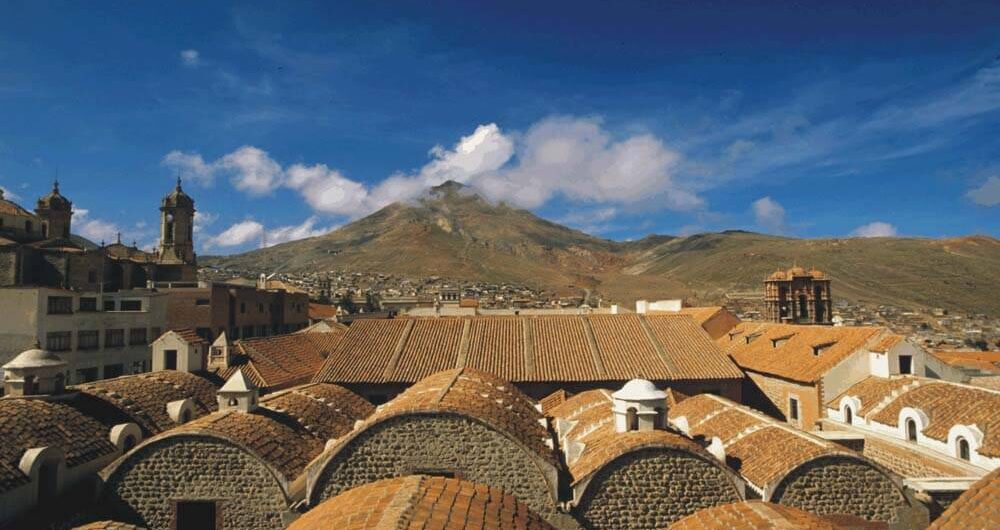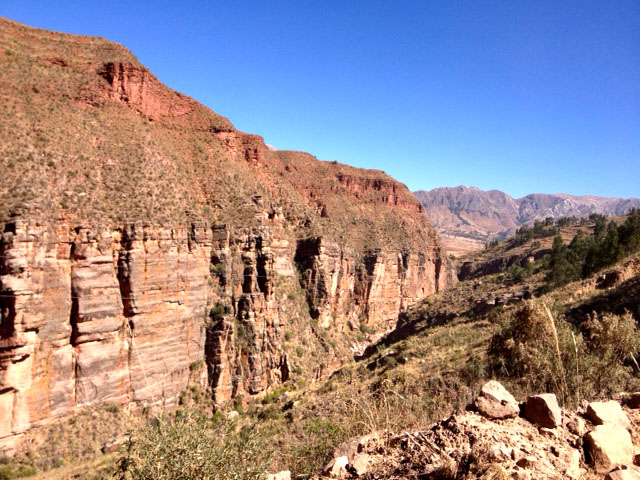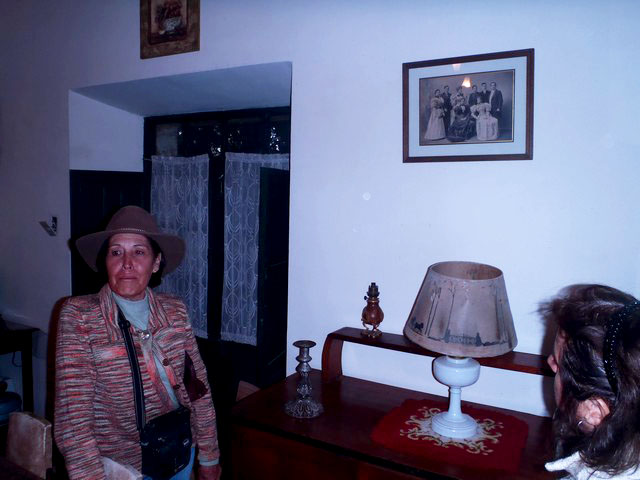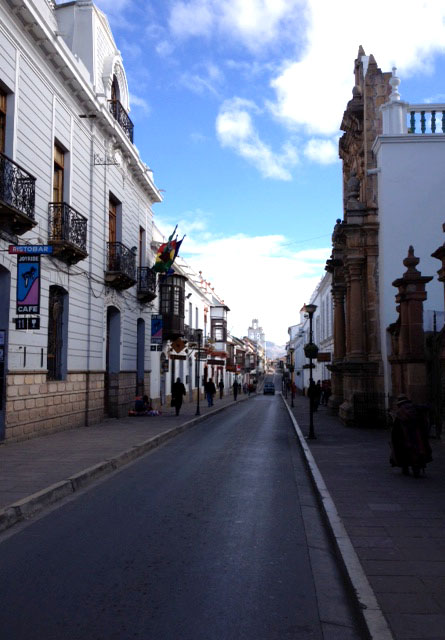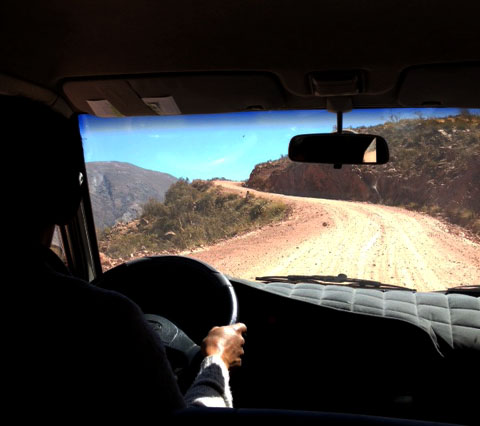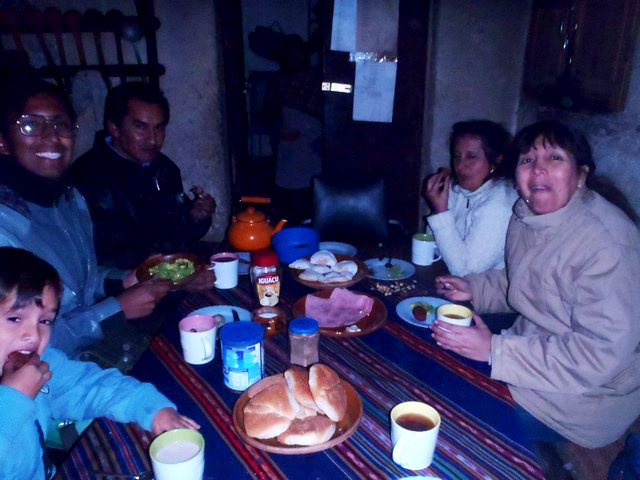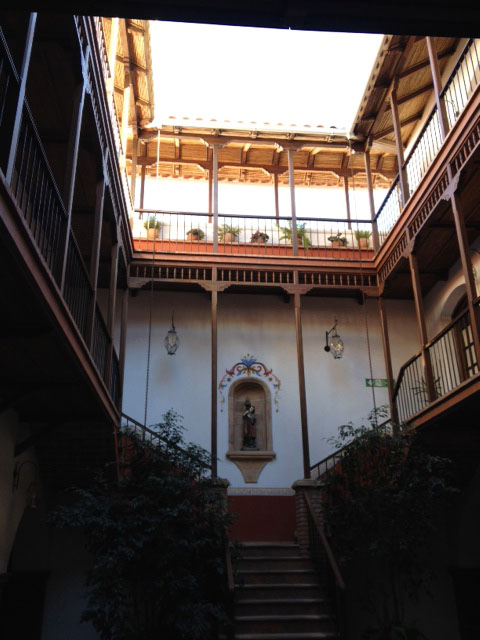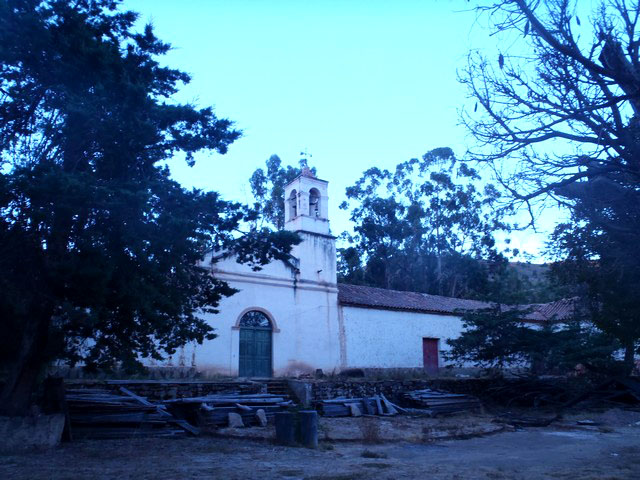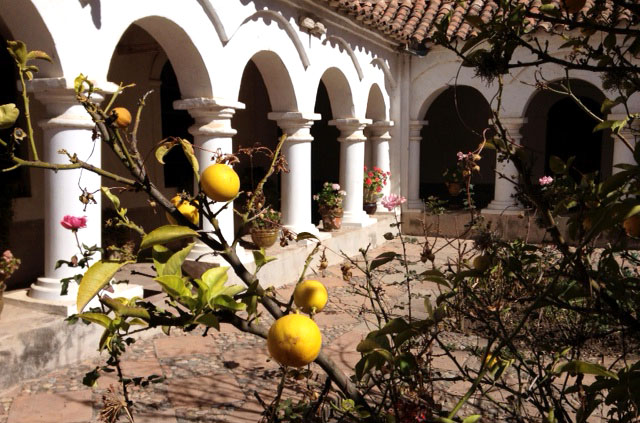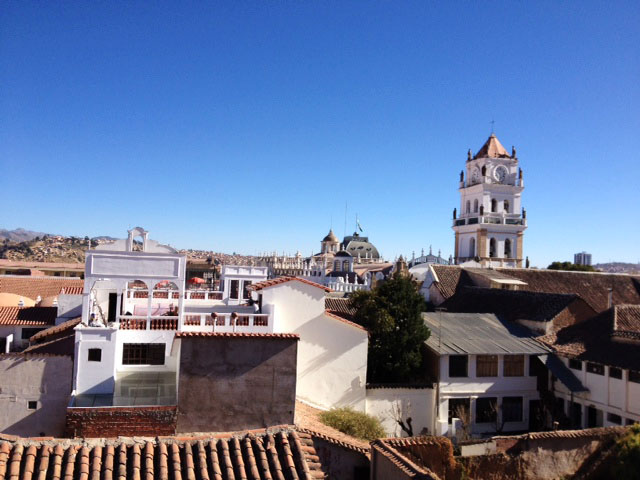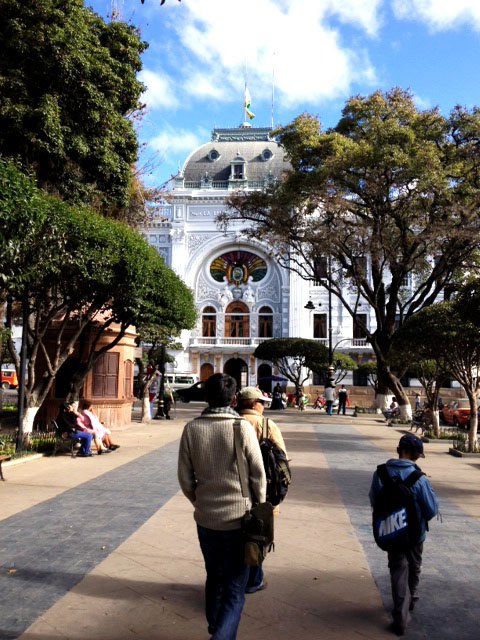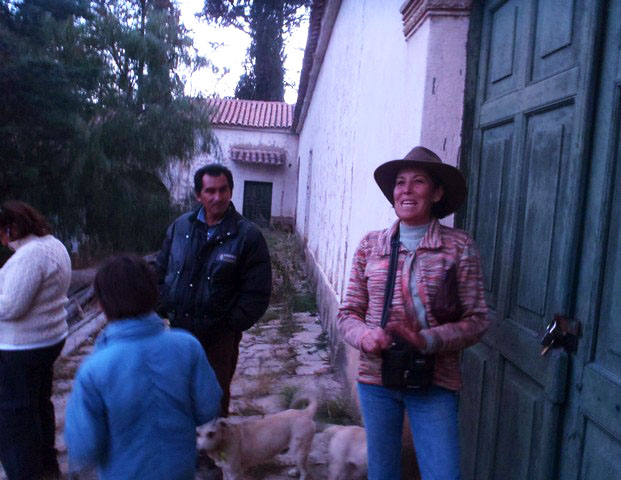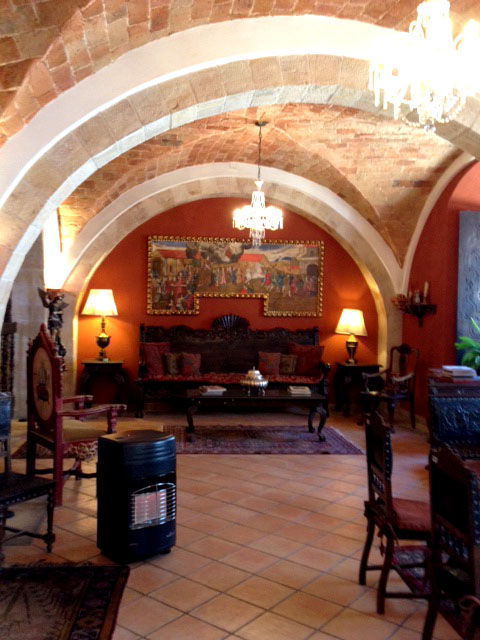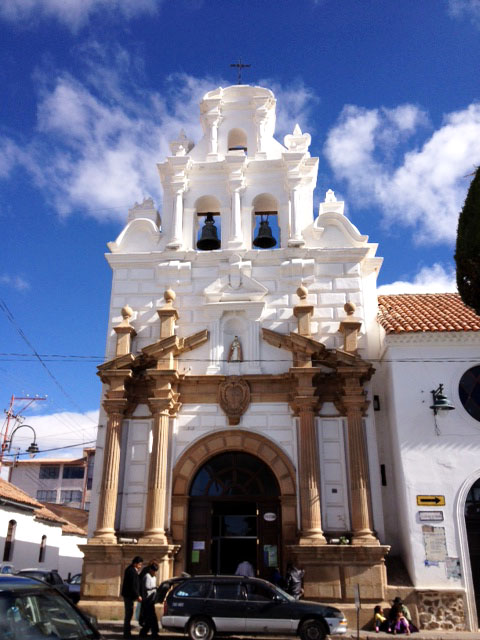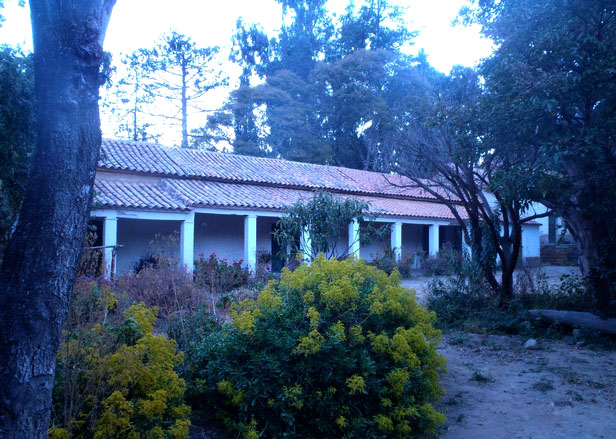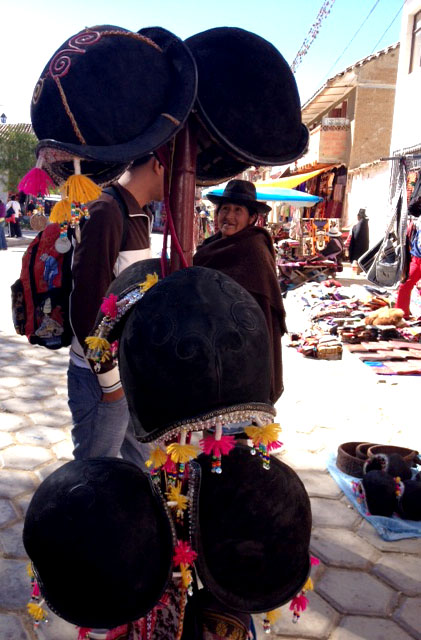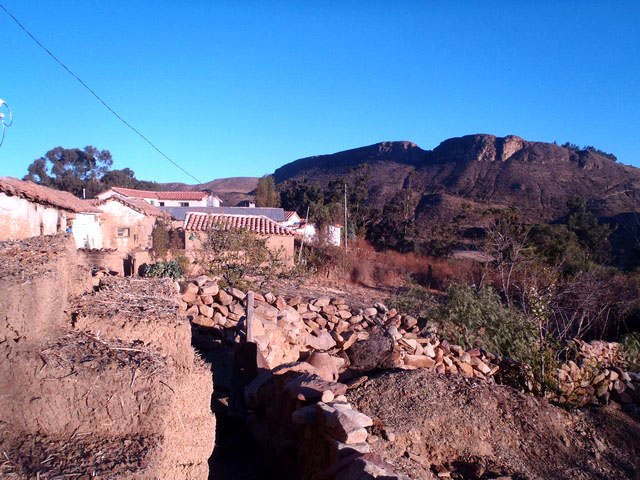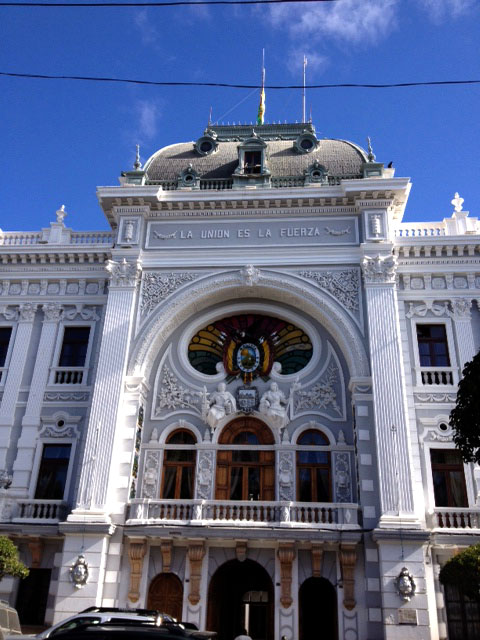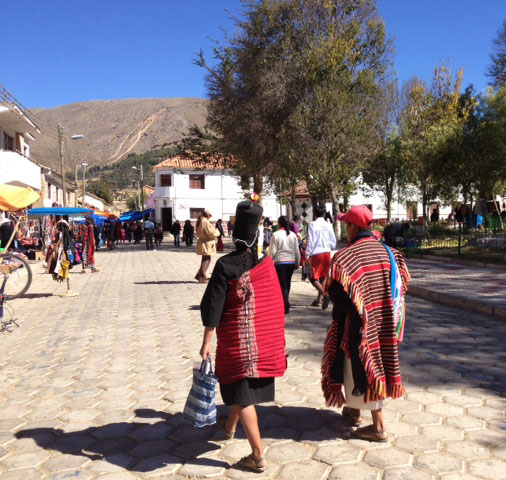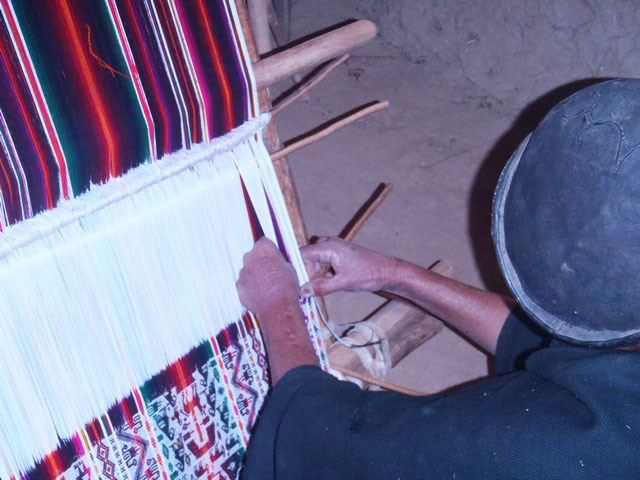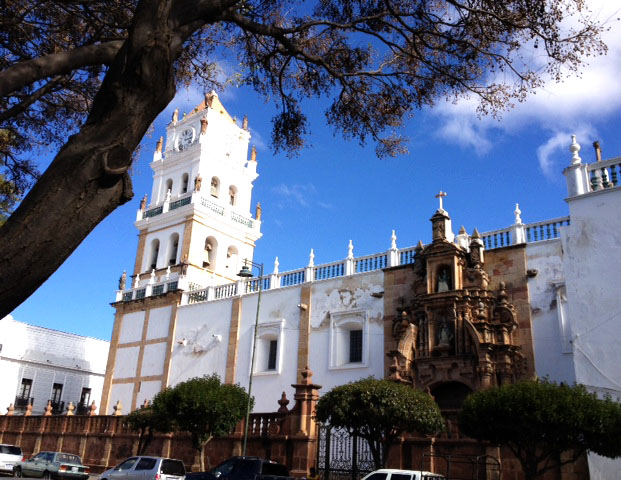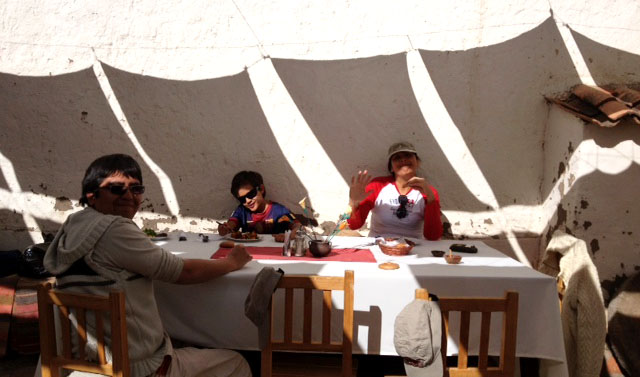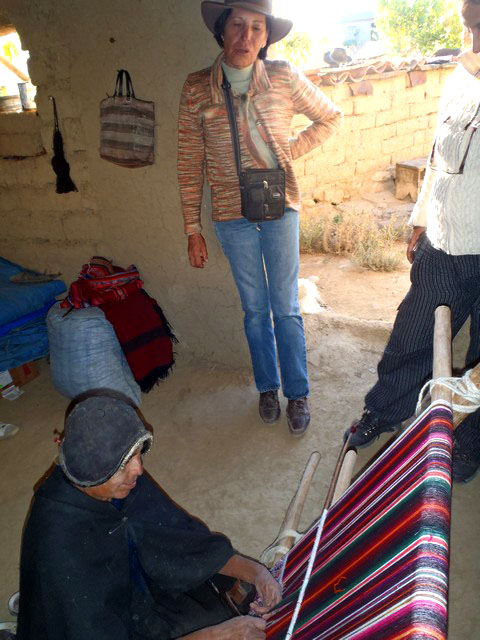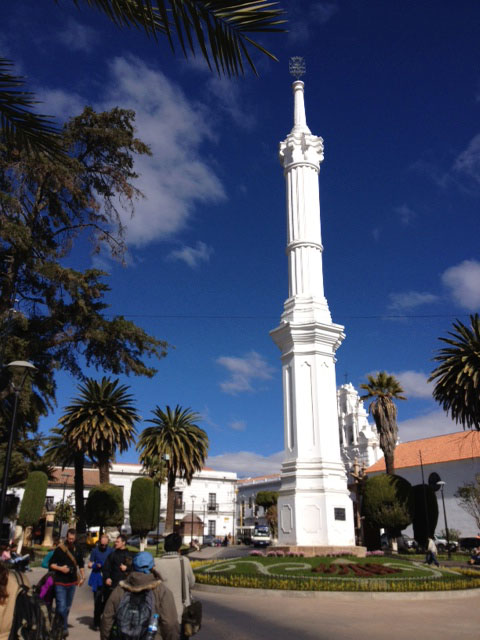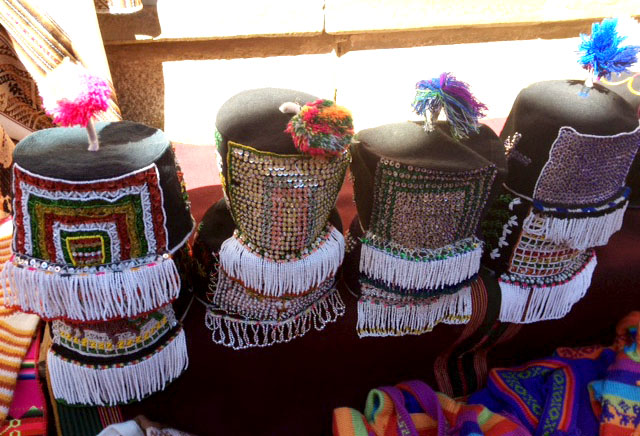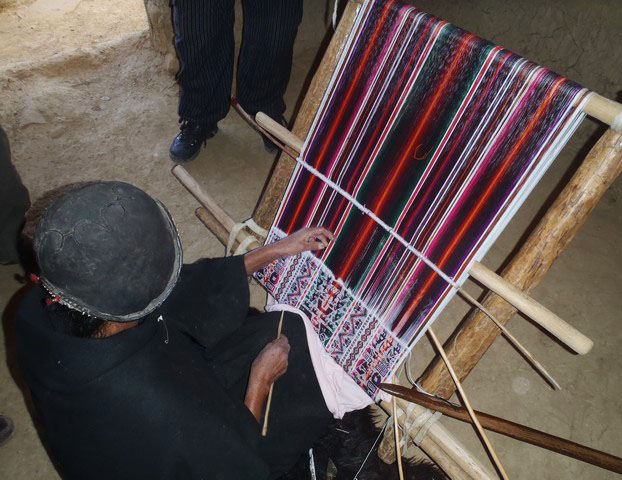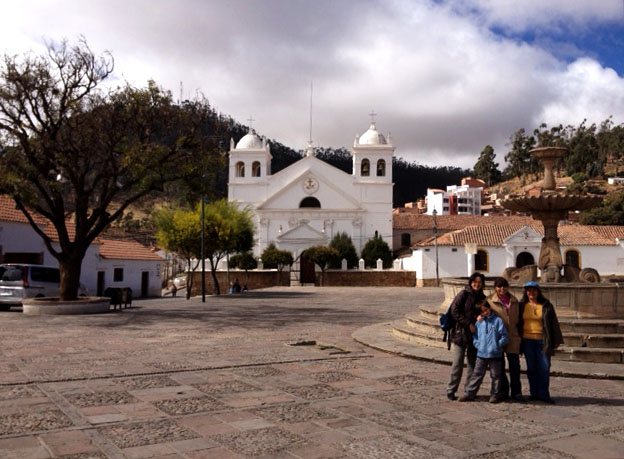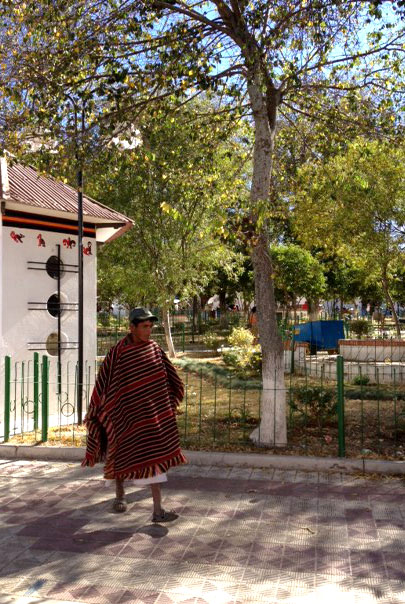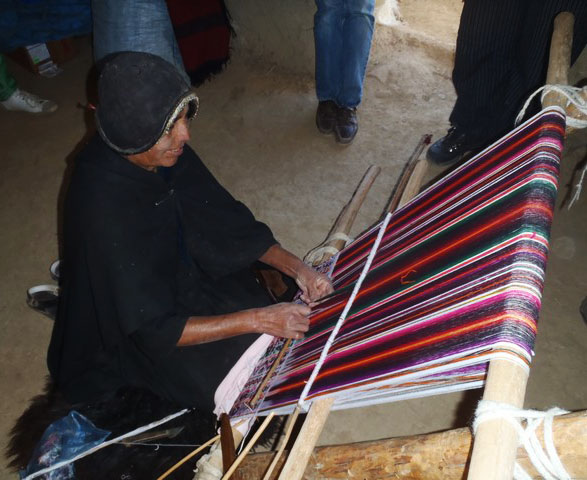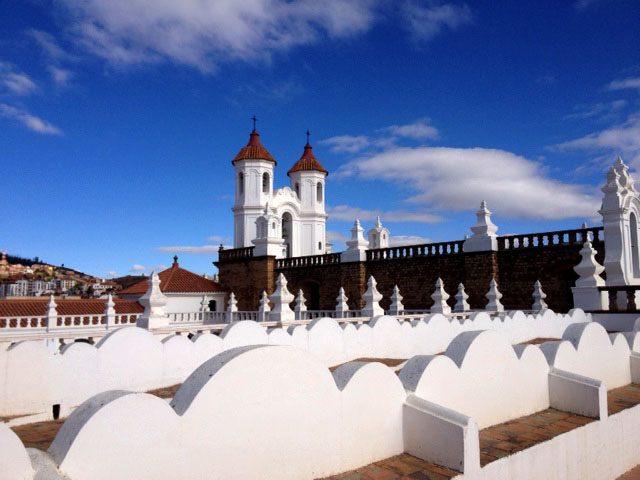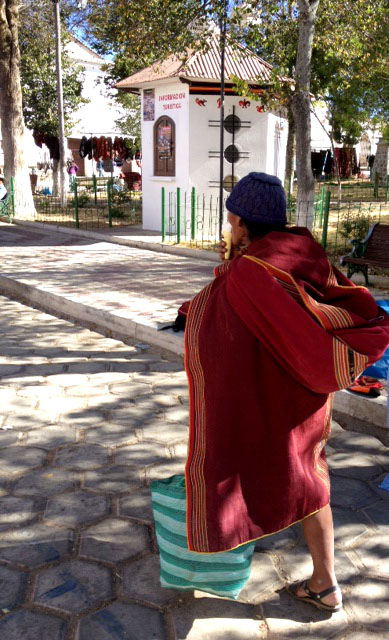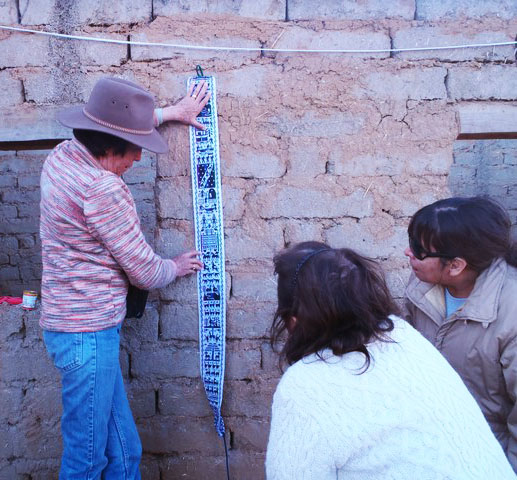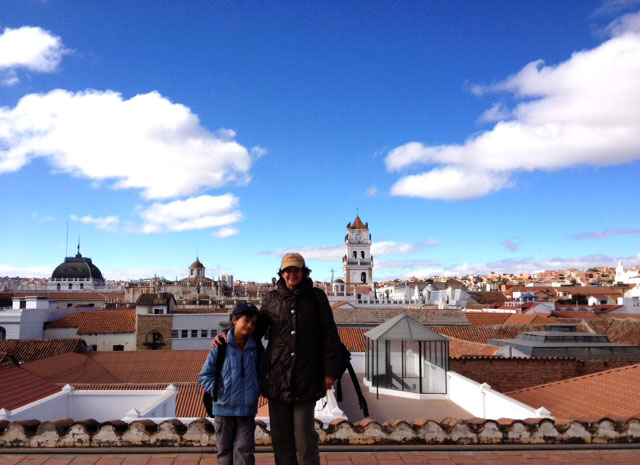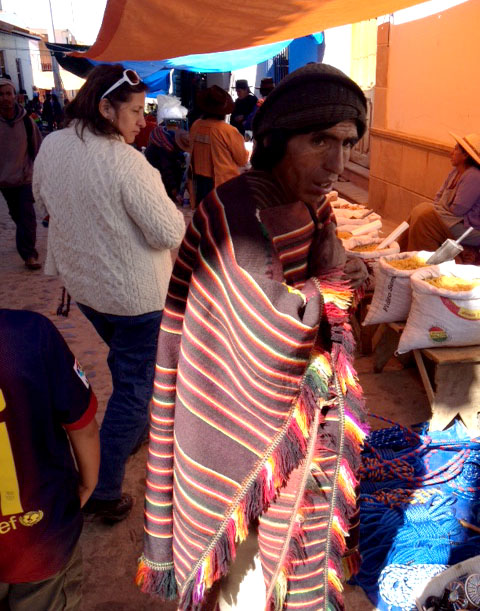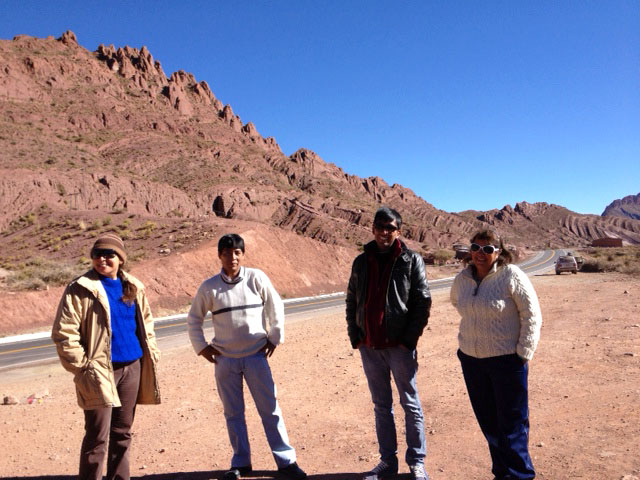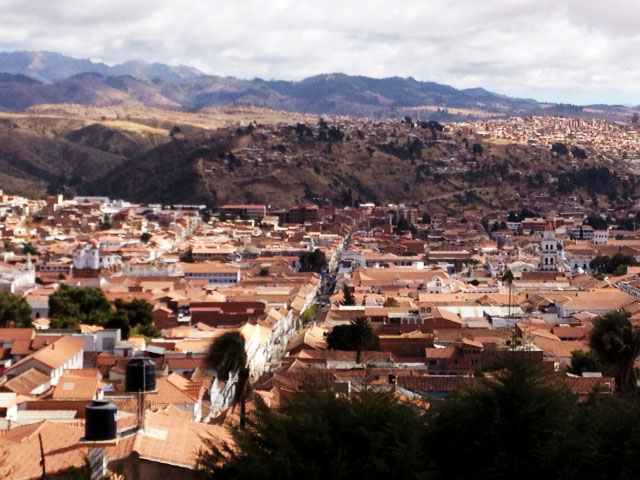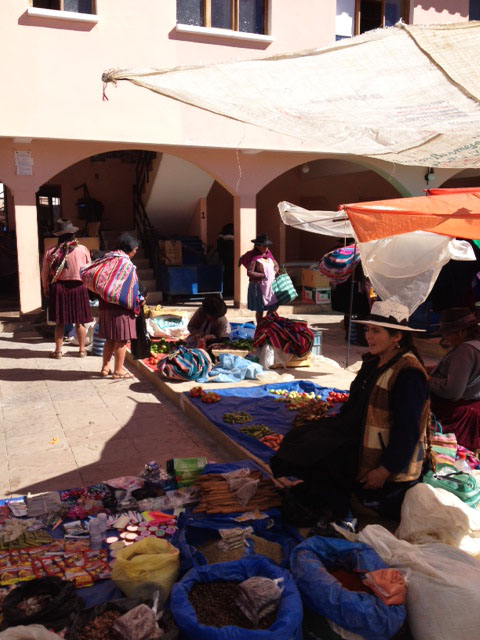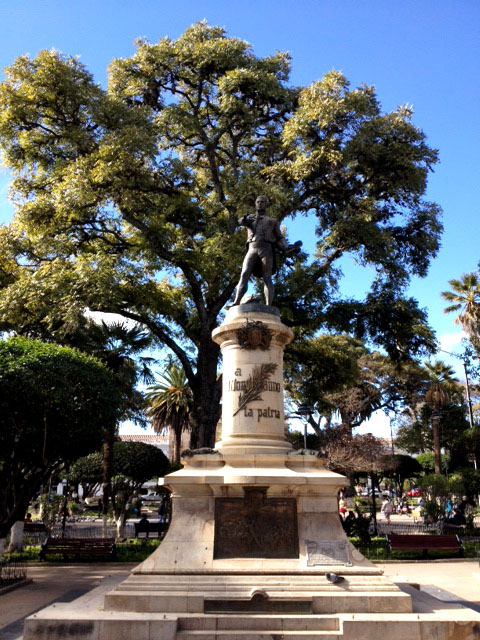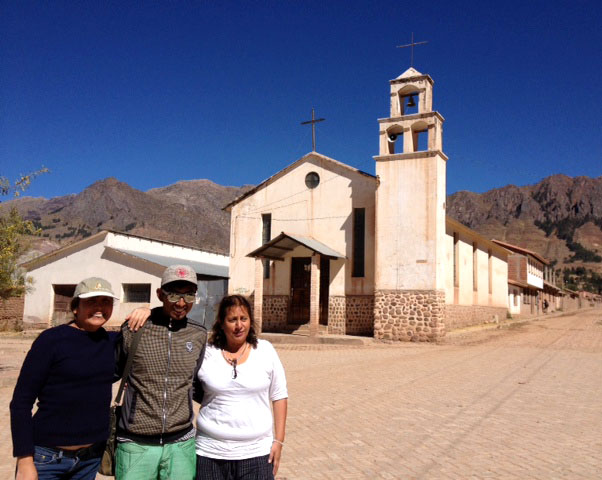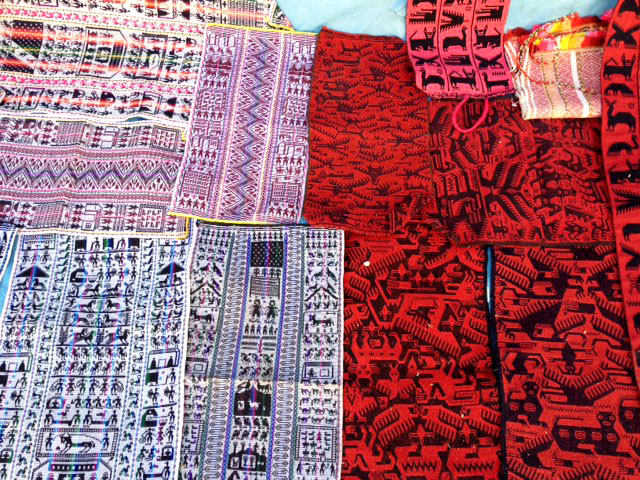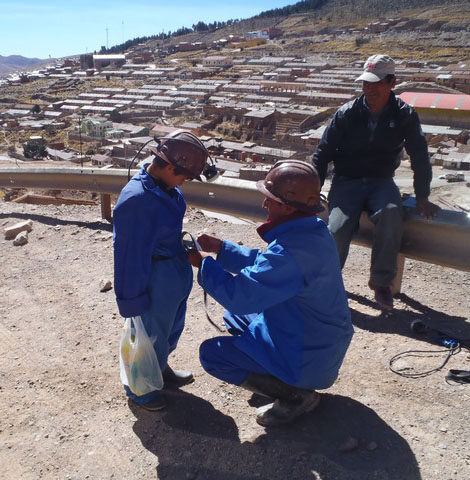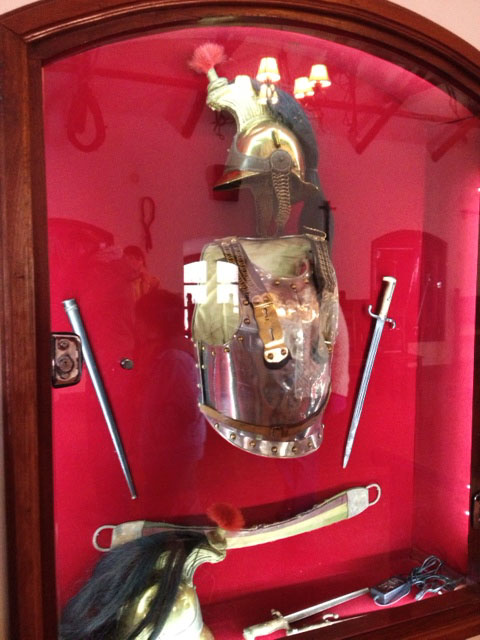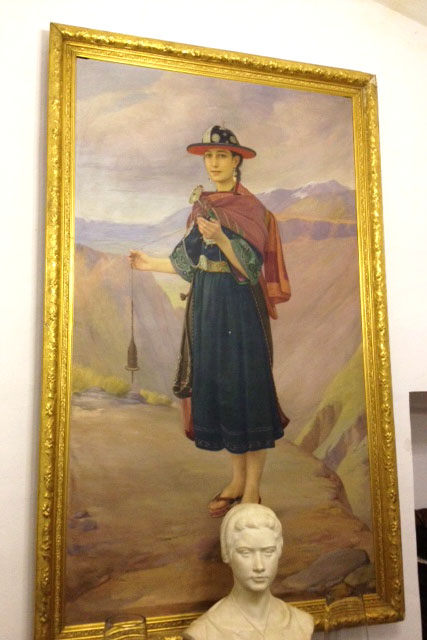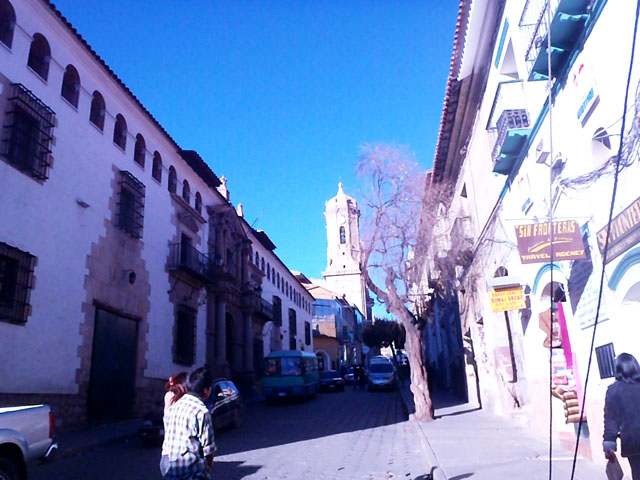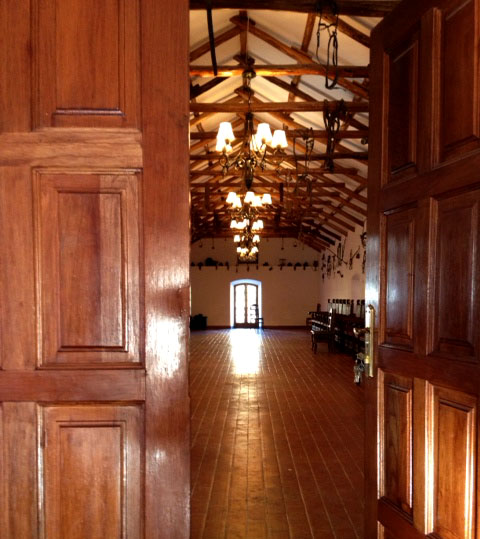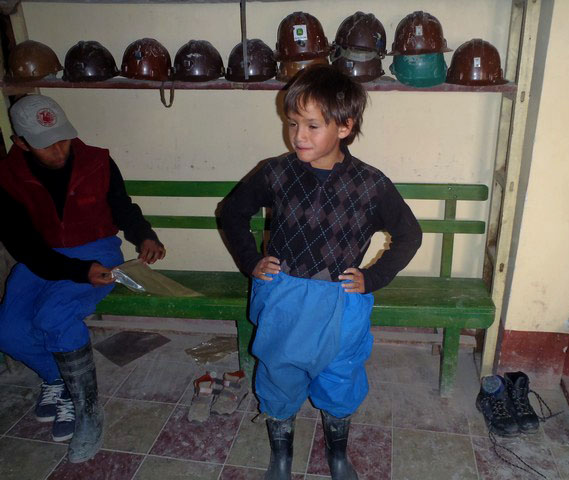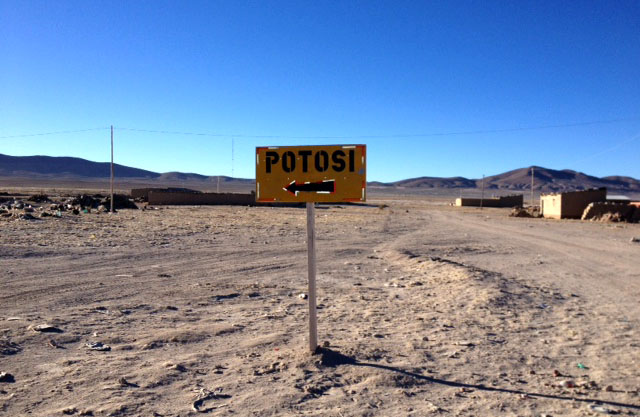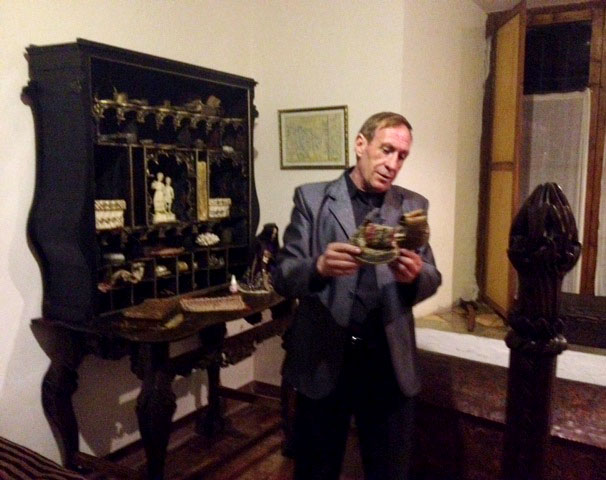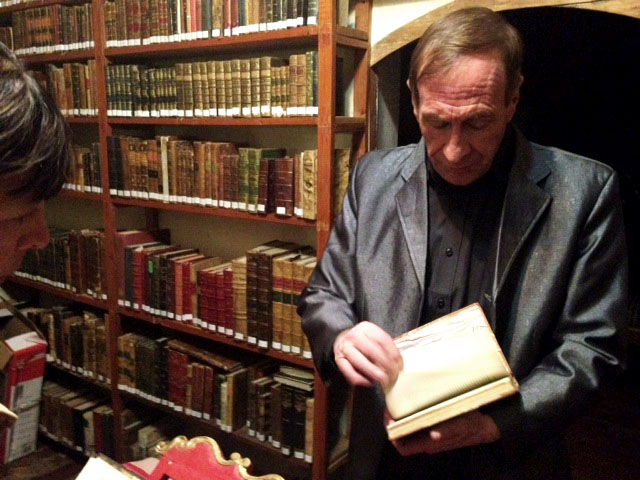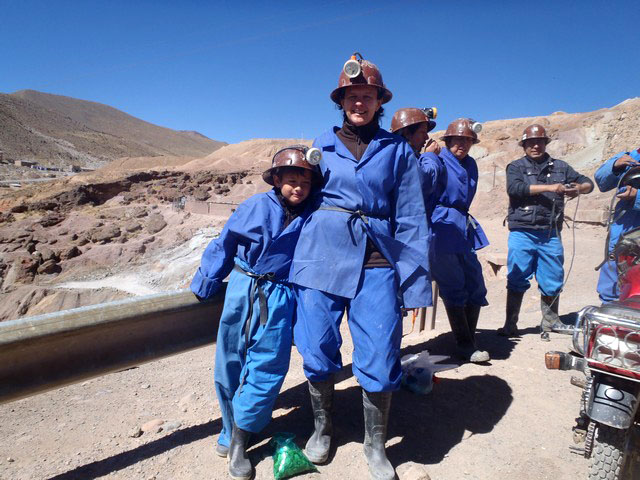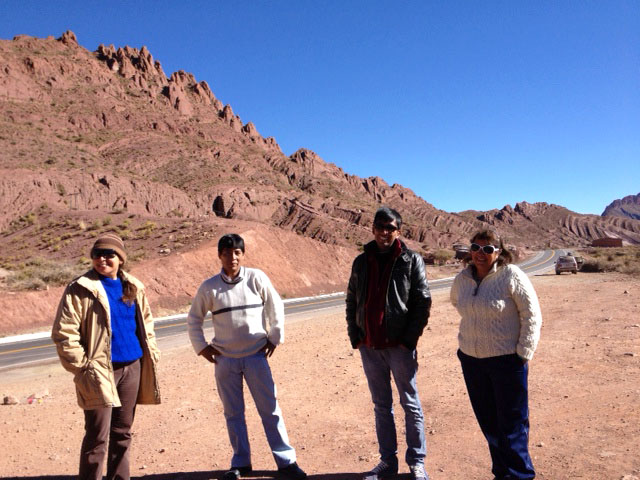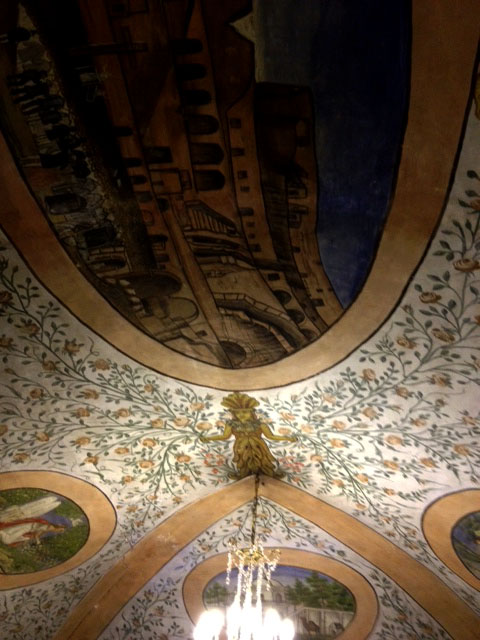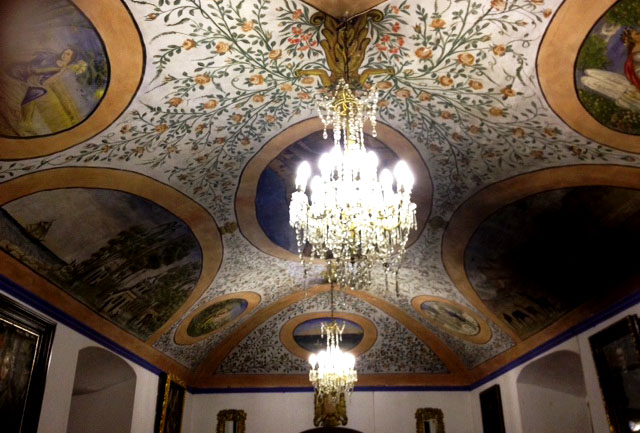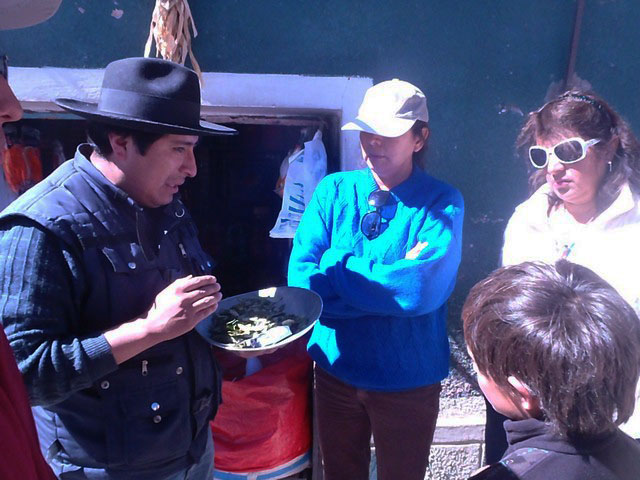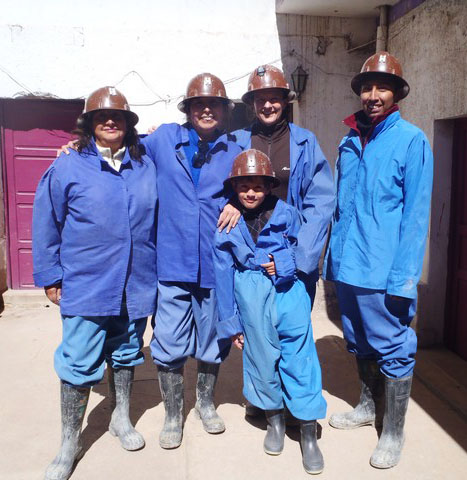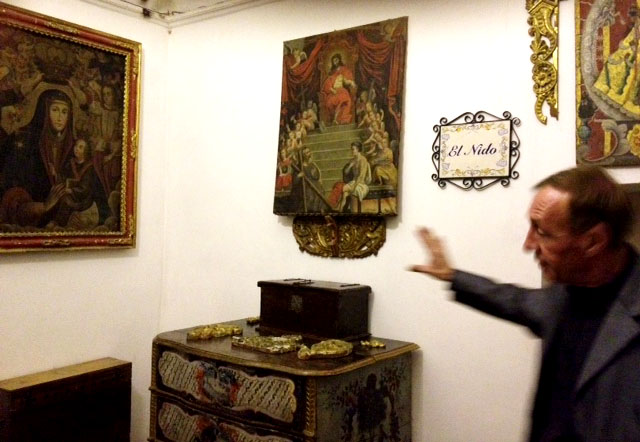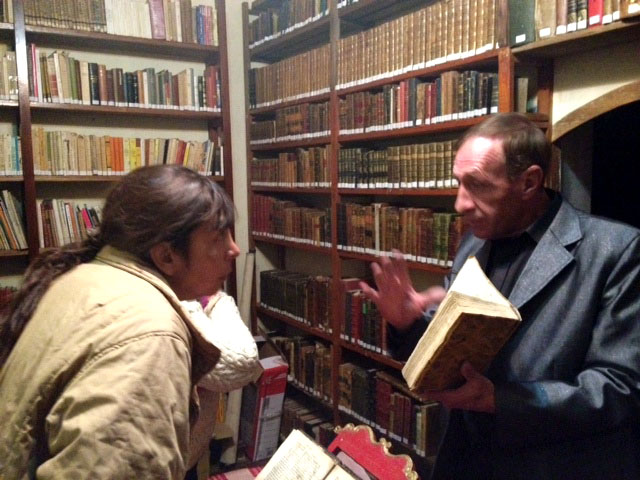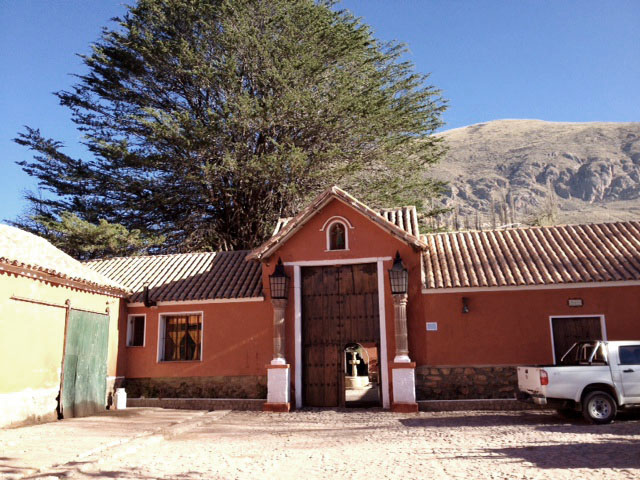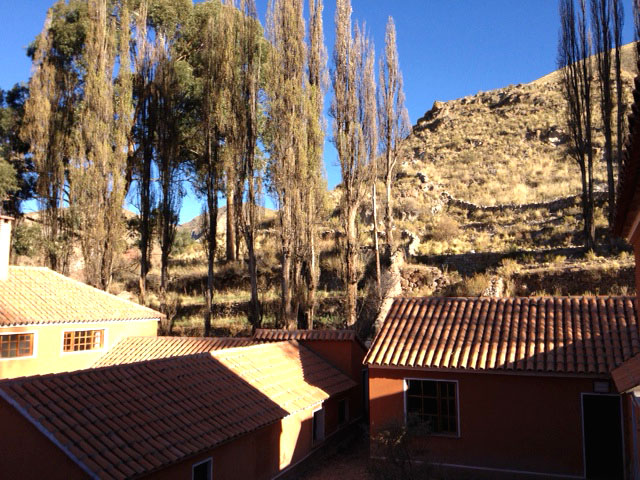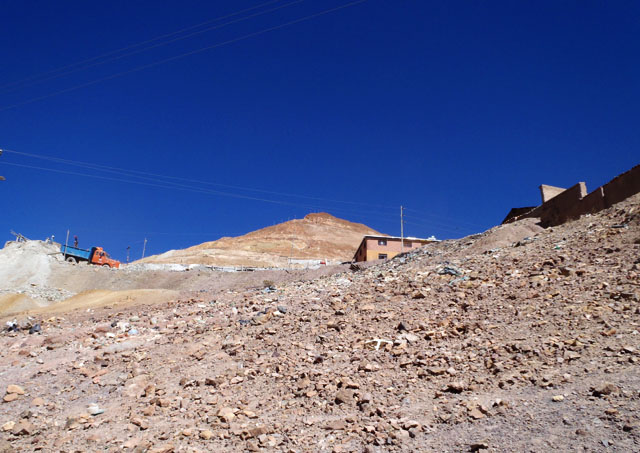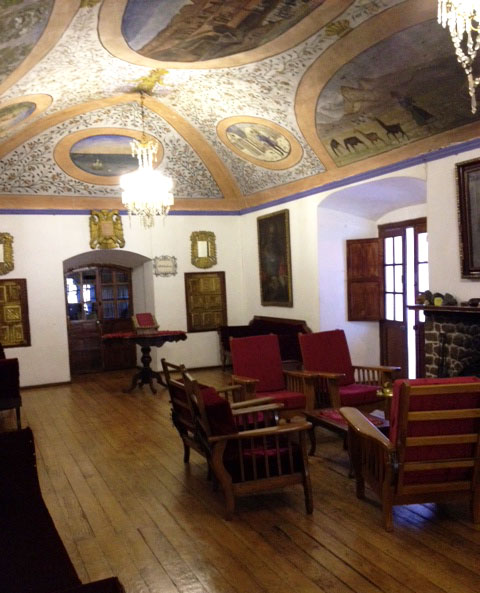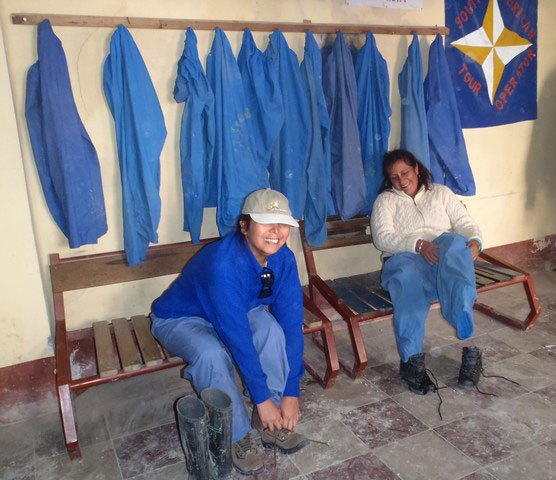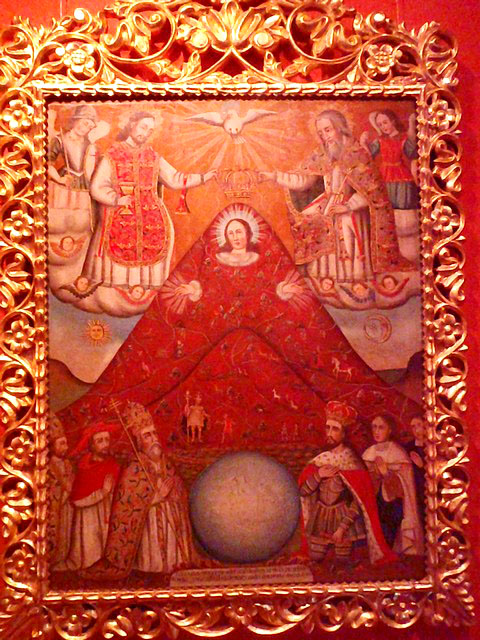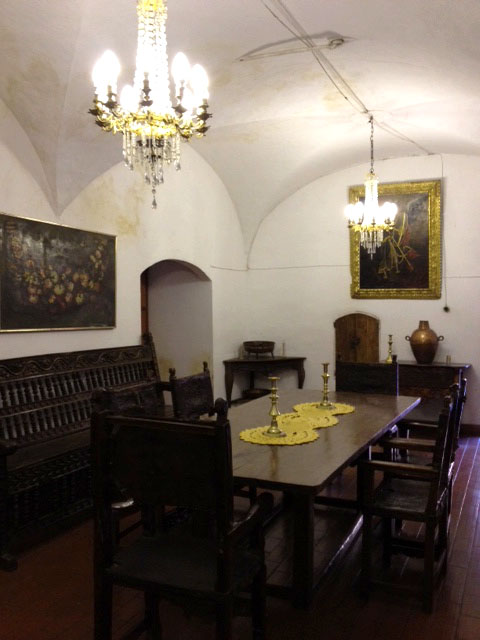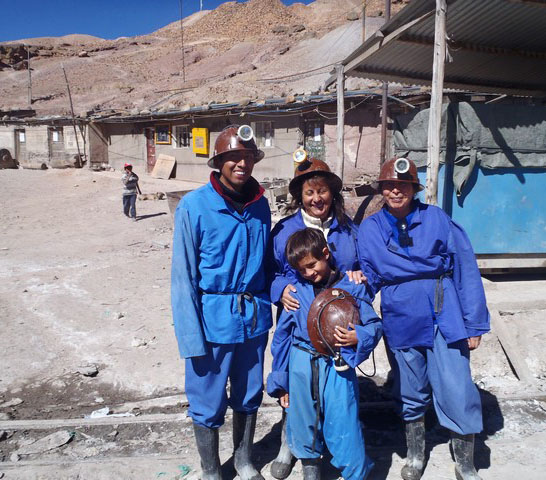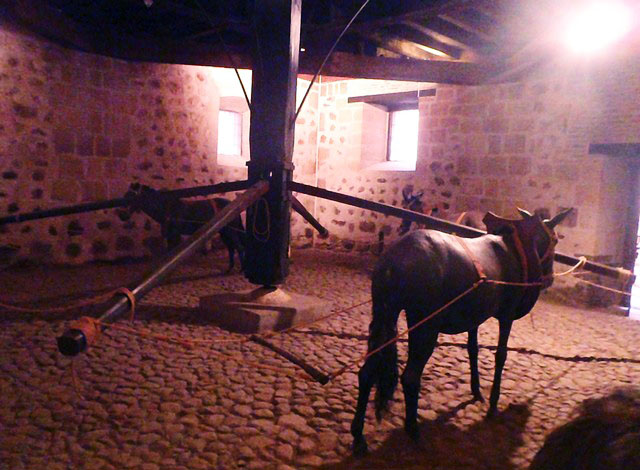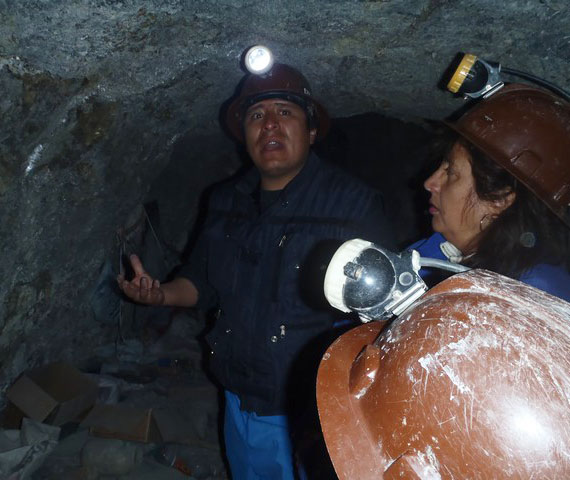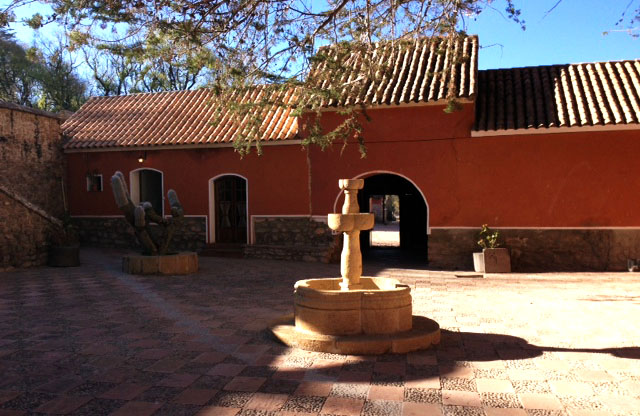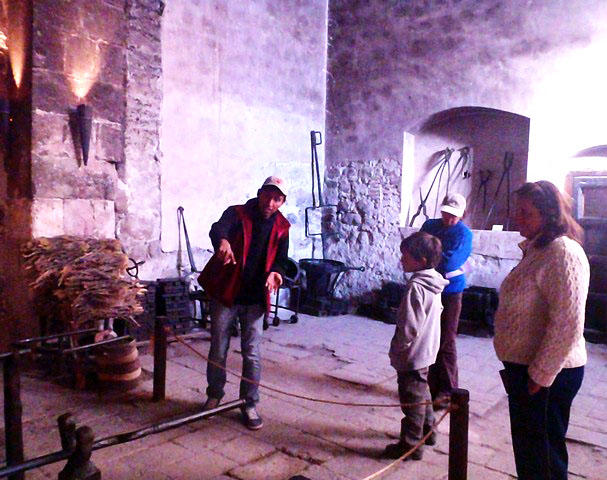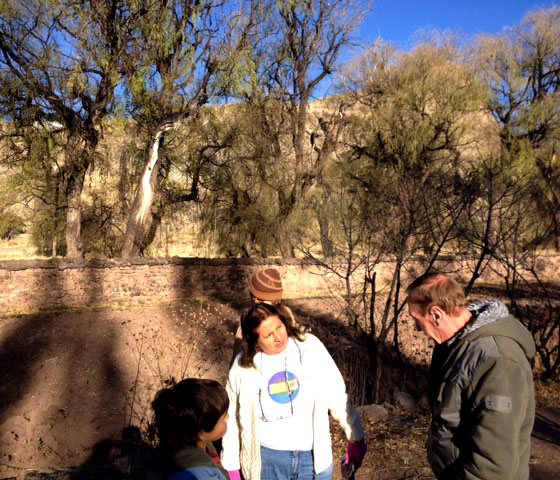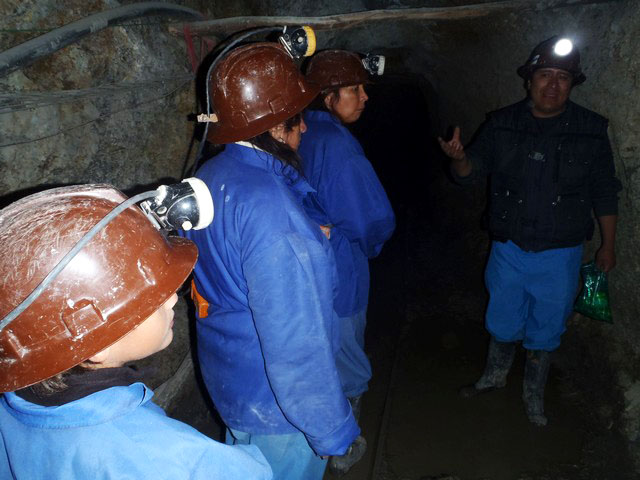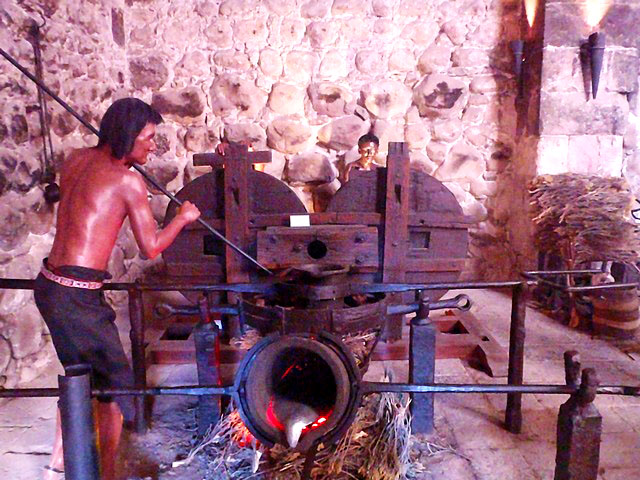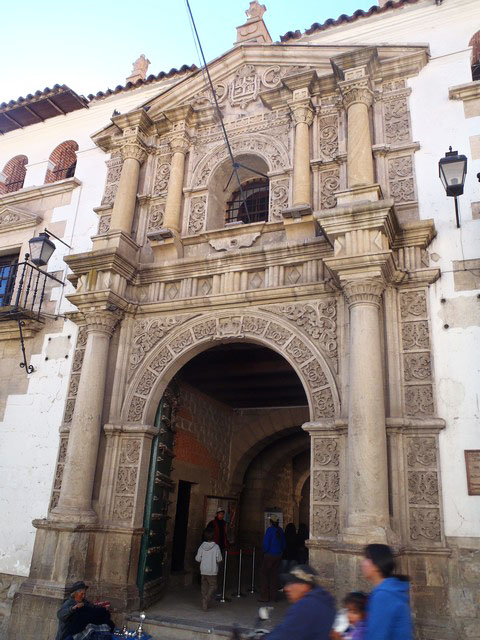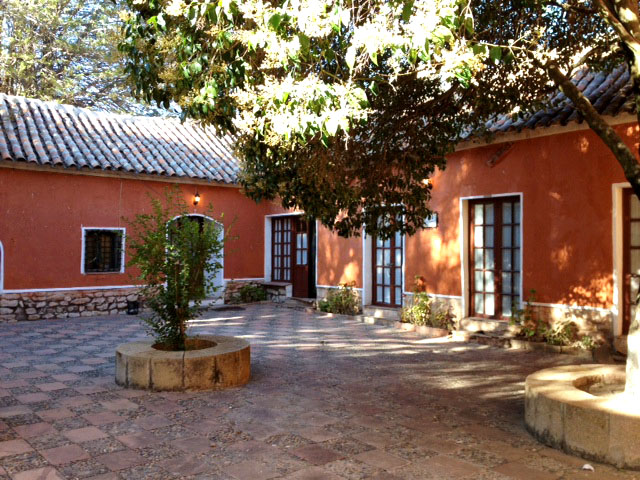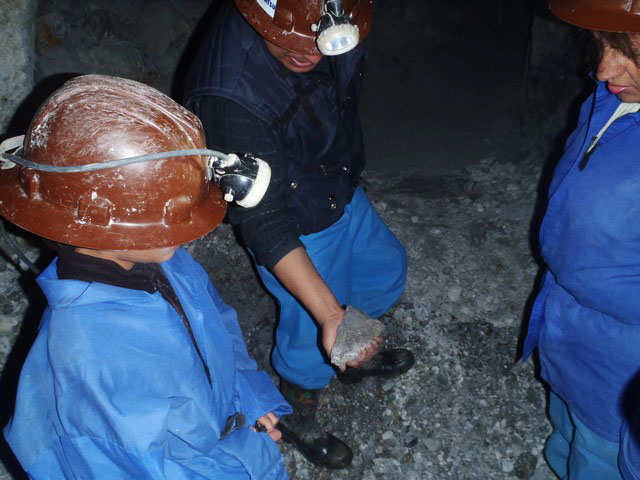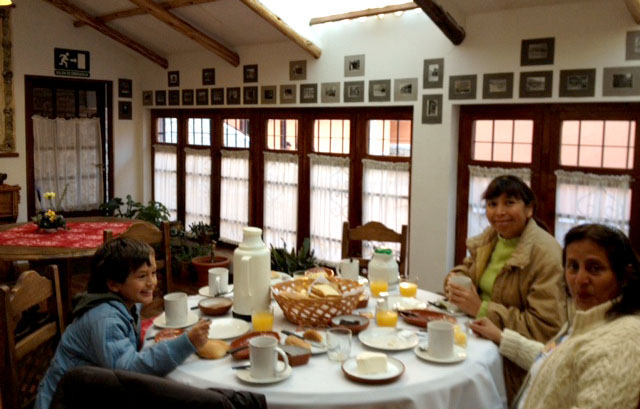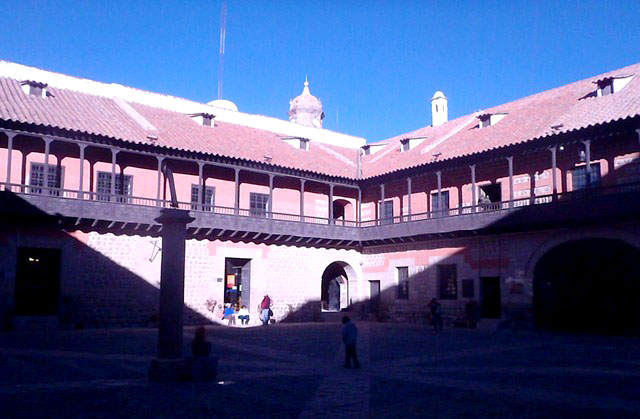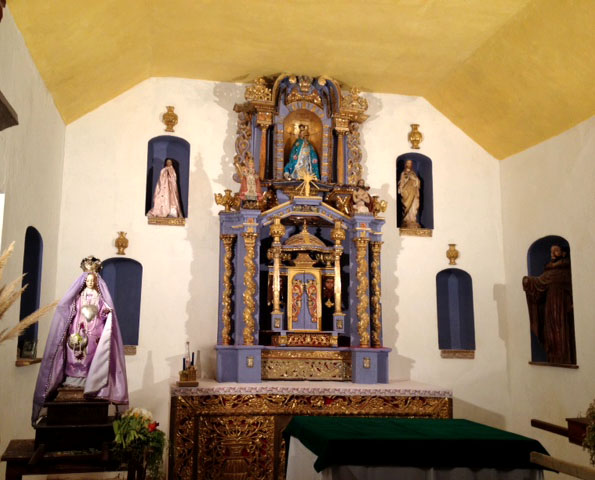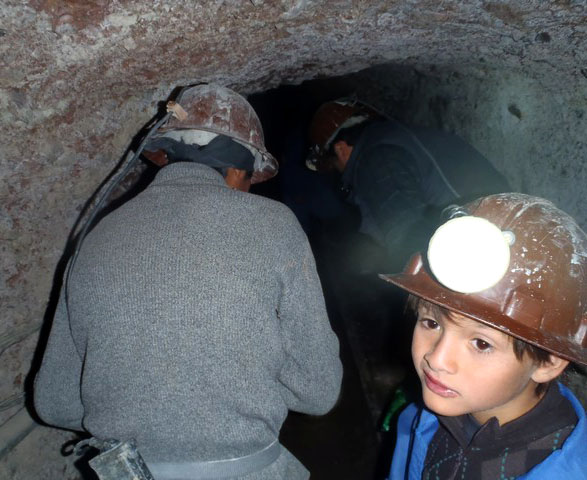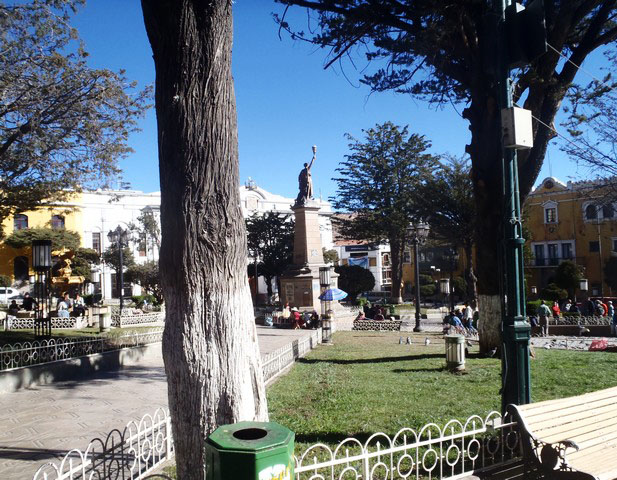Potosi and Sucre
by Marisol Mosquera
The drive between Uyuni and Potosi used to take all day, but with paved road all the way, it is now a swift 3 and a half hour drive. Nico and I, together with Vicky and Nora who joined us from Aracari’s Lima office, left early on what was set to be a packed day – we needed to have a full day of sightseeing in Potosi before reaching our home for the night (which would turn out to be the highlight), the Hotel Museo – Hacienda Cayara.
Potosi
But first, the sights! Potosi is a strange city, a chaotic and unattractive town, yet it still displays the grandeur and significance of its past. A UNESCO heritage site since 1987, standing at 4000m above sea level, Potosi was an important metropolis in the 16th century with a population larger than that of Paris or London. This was all thanks to “Cerro Rico” or Rich Mountain which stands next to the city, and which fed the world with what it seemed to be an endless supply of silver during the times of the Spanish Empire. The silver that came out – which legend says was enough to build a bridge from Potosi to Madrid – financed the highly indebted Spanish empire at the time and made many people millionaires!! The fascinating and tragic history of this city (many tens of thousands died extracting the mineral) can be witnessed through visits to the major monuments: The “Casa de la Moneda” or Royal Mint, one of the most important secular colonial monuments in South America; and the Convent of Santa Teresa, the most interesting of many convents and churches. These two landmarks take up the best part of the afternoon.
But the most bizarre and compelling visit was to a mine, right in the heart of “Cerro Rico”. This is not a tourist attraction, it is a visit to a working cooperative mine. Eerie and intense, but very interesting and a must during a visit to Potosi. The pictures will tell all, but thanks to the knowledge and delivery of our local mine guide and our permanent guide Elias, the visit was more interesting and educational than I could remember from my earlier visit. We learned all sorts of things and many anecdotes, and met the “Tio” or deity of the miners. Nico loved the visit, I suppose dressing as a miner and walking into a real mine is quite compelling for a kid!
I feel that in Potosi, you visit the sights and then you really want to go, to a lower altitude location if possible, to spend the night. The city is not attractive and the hotels are awful. And we were lucky to overnight at the lovely Hacienda Museo Cayara, 25 mms north of Potosi, and be hosted by its owner, Dr Arturo Leyton. The Hacienda (dating back to 1557 and in the family since the late 1800’s) is a treasure trove of antique books, paintings, colonial, republican armour and much more. ….it has a lovely chapel, that has just been restored by Arturo and his team. Dr Arturo, a historian, decided to return to Cayara, 8 years ago after an lifetime international career at UNICEF, in order to maintain, preserve and restore the family property and its collection. The Hotel Museo Hacienda has 15 rooms, all nicely appointed with lodging on a full board basis (excellent food). We will recommend Aracari guests to stay at least 2 if not 3 days here, enjoying the many outdoor activities possible within the property and nearby, and possibly a special interest visit of Potosi with Dr Leyton.
Sucre
After Cayara (where we would liked to have lingered) came Sucre and its Sunday Indigenous Market “Tarabuco” (4 hours drive from Potosi and 1 hour away from Sucre) which is delightful and a lot less touristy than what I expected, than what guidebooks say and than similar markets in Peru! There are a lot more people wearing traditional clothing in Tarabuco than in Peruvian markets such as Pisac or Chinchero, for example.
The city of Sucre is charming. At a very acceptable 2800 metres it is very green, with white stuccoed facades and a very French feel to it. Its lovely streets are lined with cafes and little restaurants. One night we dined at “La Taverne” and the other at “La Cite”. They love everything French here, and there was a lot of links with Paris in the heyday of Sucre and Potosi. We stayed at the hotel Santa Maria la Real, which is furnished with many antiques purchased from homes of local families who had French furniture at home.
Sucre has several interesting monuments to visit, but in my view the highlight of this city is its exterior. It is a good idea to allow time to enjoy it and stroll around.
Near Sucre there are a number of indigenous communities which are world-renowned for weaving. There is an excellent museum “Museo de Arte Indigena”, in Sucre run by a non profit which has been very successful at recovering and preserving the indigenous weaving techniques of the different communities in the region. Nicolas was fascinated by the stories behind the textiles, the ones containing both real and mythical animals, and he loved the stories our guide told us. He was a great storyteller and there are lots of legends here.
Some of the best known names are indeed Tarabuco textiles and also Potolo (belonging to the Jaq’a region), but there are many others each with their different patterns and traditions. You can see everything there. But if you want to see local weavers in their villages don’t just go visit their village. Just yesterday we came back from a four hour return car journey on an unpaved road to see absolutely nothing in Potolo village. The scenery was fantastic but Potolo is not a destination.
But if you go to Hacienda Candelaria, the home of Elizabeth Rojas, (from a distinguished Sucre family and current matriarch of a long line of strong willed women), it is a different story. You will have a great time, visit the Hacienda (which is run down but very atmospheric) have a delicious lunch and visit with Elizabeth the many weavers in her community (in situ) and converse with them. Elizabeth speaks Quechua fluently and is considered the “Mamay ” of her community so visiting with her is a bonus. She is a fun and fascinating woman. Hacienda Candelaria is 1 and a half hours away from Sucre, it can be visited together with Tarabuco Market as it is very closely located nearby, or without the market you can visit any day of the week.

